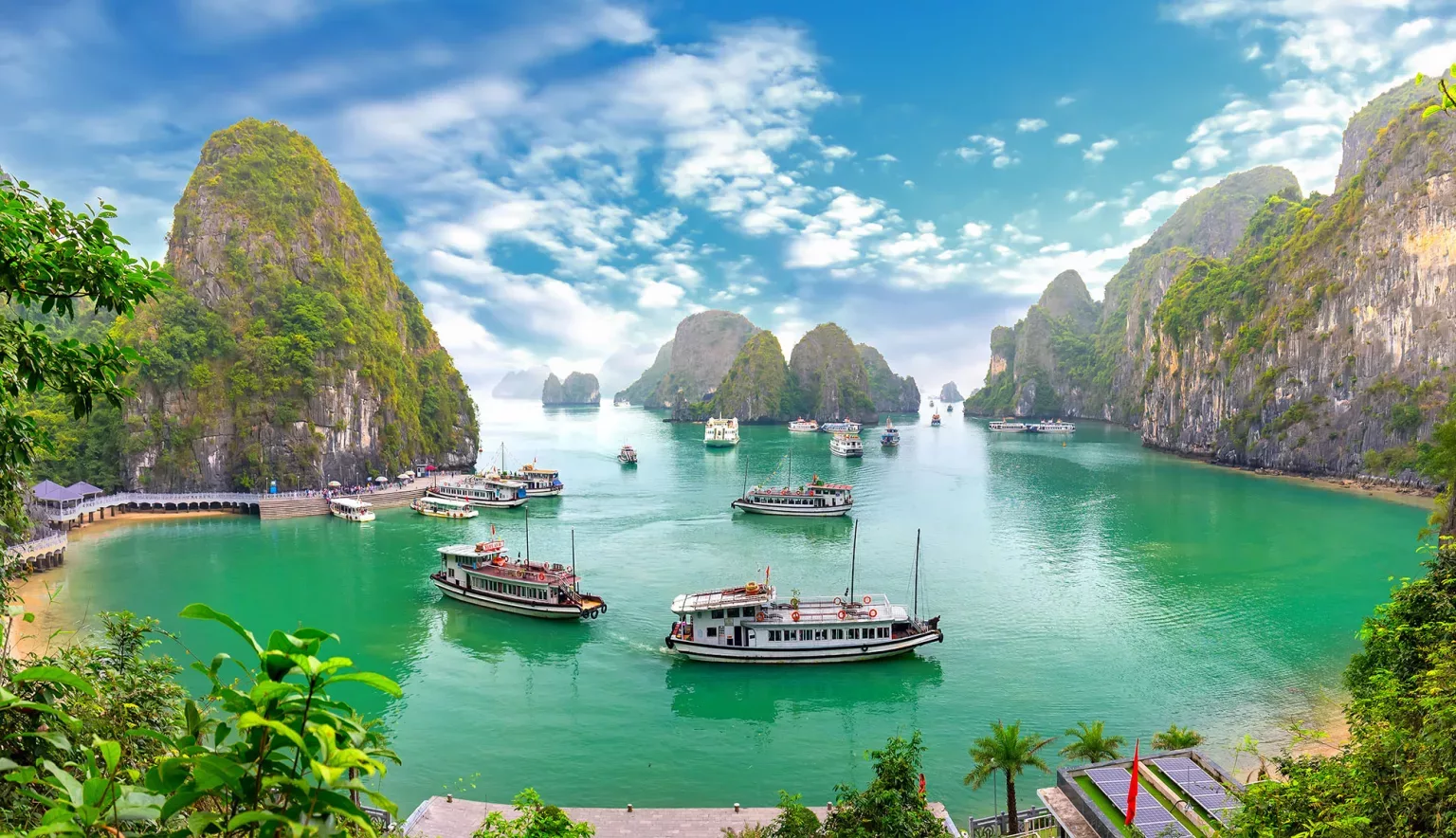
These components significantly influence the competitiveness of the tourism sector. In light of the projected surge in tourist numbers, Vietnam must lay out a strategic vision and policies for developing tourism infrastructure, aligning it with sustainable growth goals and positioning it as a cornerstone for the industry's expansion.
Resolution 08-NQ/TW of the Politburo, outlining the transformation of tourism into a pivotal economic sector, underscores the imperative to draw in social investments for enhancing technical facilities within tourism and to stimulate strategic investments in the creation of comprehensive tourism service hubs, large-scale tourism projects, and top-tier shopping and entertainment centers in strategic locations. To fuel the development of tourism infrastructure, we need to establish favorable conditions for the utilization of commercial and service land. Commercial and service land, by nature, is leasehold property and remains in the public domain perpetually.
Upon reaching the end of a project's life cycle, the government will reclaim the land for reassignment to new ventures or for potential extensions. Concerning land rental fees, the state secures a stable, long-term revenue stream that tends to grow as land prices appreciate in response to infrastructure improvements. Furthermore, in terms of value-added tax, corporate income tax, and personal income tax, properties situated on commercial and service land, dedicated to business operations, contribute regular revenue and increase tax yields.
It is apparent that, among the various land categories including residential and production and business land, commercial and service land delivers substantial economic and societal advantages. While residential land primarily yields social benefits, commercial and service land generates both economic and social benefits with far-reaching implications across the entire economy. Therefore, refining policies and regulations concerning commercial and service land should be approached with the same diligence and focus as residential land.
Regrettably, in our nation, residential land has taken precedence and enjoys a relatively comprehensive policy and legal framework. Meanwhile, commercial and service land lacks specific and appropriate regulations, leading some localities to apply residential land mechanisms to commercial and service land to attract investments. This situation jeopardizes the interests of both project owners and investors and may result in grievances, disputes, and even social instability if not promptly addressed.
In the draft revised Land Law, regulations regarding production and business land, including commercial and service land, remain vague. Specifically, there are no explicit provisions regarding foreign ownership of real estate on commercial and service land to attract foreign investments and bolster the tourism sector, which is a critical economic driver. There is also a notable absence of a comprehensive plan for tourist accommodation facilities. As a result, each province or city takes individual action, leading to oversaturation in some areas (e.g., Phú Quốc, Kiên Giang) and scarcity in others (e.g., Cà Mau). This lack of planning deprives investors of a foundation to diversify their investments across provinces, cities, and key tourist regions, squandering valuable social investment resources.
Hence, it is imperative to specify the role of commercial and service land in the amended Land Law. The government should consider effective policies and incentives to encourage foreign investments in real estate on commercial and service land, thereby attracting secondary investment sources into condotel projects and increasing high-spending international tourism. Furthermore, the Land Law must incorporate a nationwide master plan for tourist accommodation facilities, as well as regional plans for such facilities (which can be integrated into the overall provincial planning process).
In conclusion, to facilitate land development for the tourism sector, the revised Land Law must introduce clear regulations for tourism land. This should encompass the inclusion of large-scale tourism projects like amusement parks, multi-purpose complexes, and housing/urban developments that incorporate tourism and commerce. Such projects should be subject to land recovery by the state. Simultaneously, we need to refine the mechanism and legal framework for leasing and transferring rights to use commercial and service land for tourism development.




















